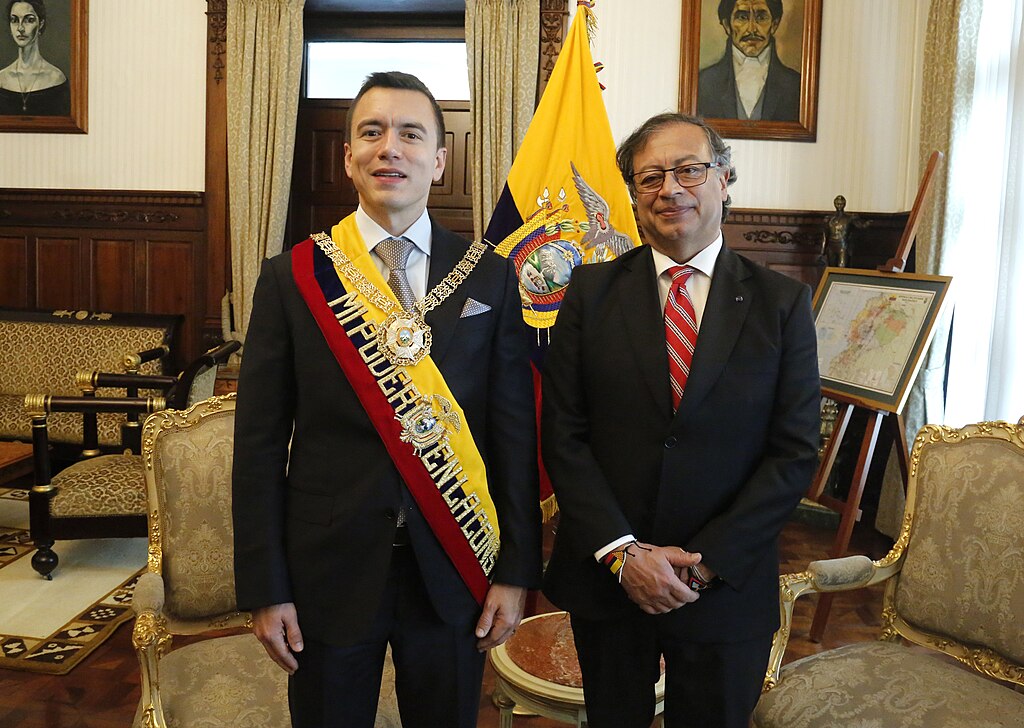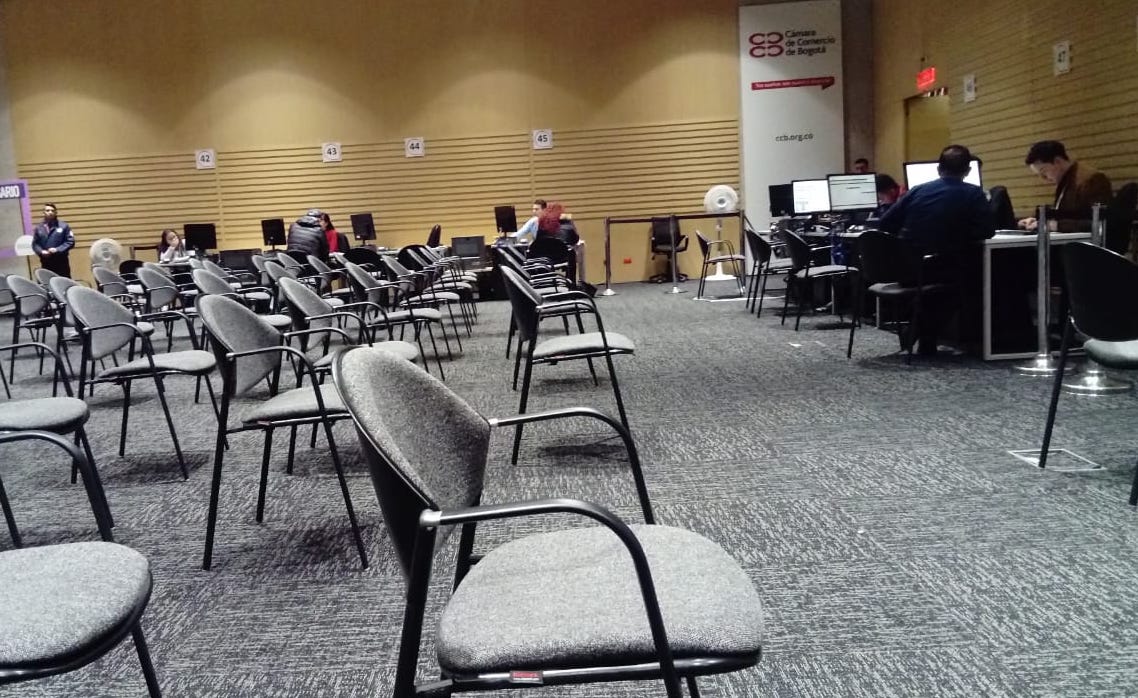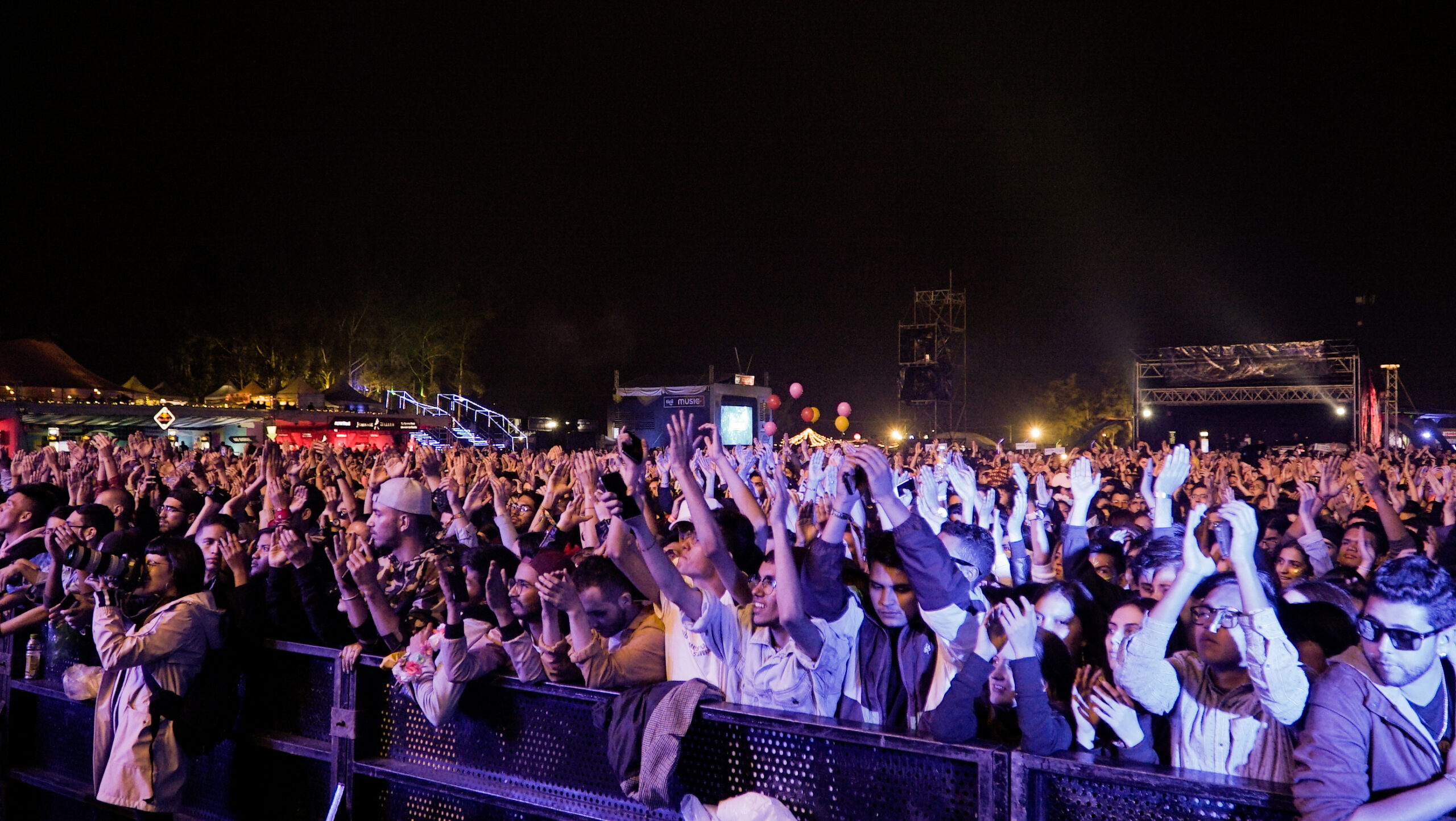
Chris Bell on his birdwatching trip in Farclandia, El Caguán
Once called “Farclandia,” the El Caguán river basin in southern Colombia is becoming more of an area to be explored and enjoyed for its natural beauty than a dark place to be feared.
The knee-high grass around me is wet with the early morning dew as the first rays of dawn creep over the distant jungle. I’m dragging my legs along a barely perceptible trail in the half-light, trying in vain to figure out precisely where I am. To the west I can just about make out the ragged peaks of the spine of the Andes; to my north lie the forgotten jungles of Tinigua National Park; to the east, La Macarena and Caño Cristales.
I know why I’m here: I drove up the night before with a friend to go birdwatching. But still the doubt nags at me: where exactly am I? I know I’m in Meta, but only just – the Caquetá border is less than 20 km to the east, and San Vicente del Caguán not far beyond.
Even if I couldn’t place myself accurately on a map right now, I do know one thing: I’m in the very heart of the former Caguán DMZ, a 42,000 km2 demilitarised zone where the FARC negotiated in 1998 with then-president Andrés Pastrana. Back then it was nicknamed Farclandia. The Guardian went one step further, calling it ‘The Heart of Darkness’. And here I am, dressed in camouflage and rubber boots, trudging along trails trodden by those same guerrillas, as little as a few years earlier. I never thought I’d be here.
Related: Off the beaten track: Untamed amazon
As we enter the forest and splash through a narrow creek, I’m grateful for those new rubber boots. My legs feel heavy and sluggish, my brain even more so. I’d been hoping for coffee before we left the house, but that was perhaps wishful thinking at 4.30 am. I’m experiencing a familiar feeling at that pre-dawn stage when the birds are still sleeping and your brain hasn’t had the chance to warm up yet: I would rather be in bed. Or maybe it’s the fact that we drove here from Florencia in the dark and I’ve had about four hours sleep on a paper-thin mattress.
But suddenly, as the sun finally begins to warm the tree-tops, the jungle explodes into life, as if somebody somewhere flicked a switch. A large woodpecker beats out staccato rhythms on a nearby trunk, antbirds and tinamous whistle and wail from the dense leaf-litter and a large family of brown woolly monkeys violently shake the thin branches in the canopy, angered by the intruders below. My brain clicks into active mode, and all thoughts of coffee and bed are quickly cast aside. There are birds to see, and no time to waste on such luxuries as rest and relaxation. Everything I love in Colombia – except that damn coffee – is all around me, and suddenly I know exactly where I am.
***
Even just a few years ago it would have been unthinkable for me to venture into the depths of these jungles. At one point in the car journey my friend slowed down to point out the spot where, 15 years before, politician Ingrid Betancourt had been kidnapped by a FARC patrol and spirited away into the jungle for the next six years.
Related: Mi Casanare es su Casanare
As we leave San Vicente, there’s a commotion ahead and several cars turn around and speed back the way we just came. “What’s going on?” asks my friend. “There’s someone up ahead firing shots,” comes the hurried response. For a split-second my mind races back to the days of shadowy guerrilla patrols and smash-and-grab raids and I feel a twinge of fear. We stop some passing policemen and ask them what’s happening. It turns out it was just a drunk firing his gun, and “not to worry,” they’ve got it under control. Just another small-town Saturday night. Nothing to see here.
And that’s really the story of so many places I have visited during my travels in Colombia: nothing to see here, and yet so much to see at the same time. Guaviare, Caquetá, Guainía, Vichada, Putumayo and now the Caguán: all places with names that evoke so much fear and trepidation, and all with so much more to offer than that.
These places are really just a microcosm for Colombia’s place in the world’s collective imagination. So many people associate the word with terror and dismiss the country out-of-hand. I remember reading about Caguán in newspaper reports and it was never good news. Yet, against all the odds, it seems like it might slowly be getting better.
Chris Bell is a freelance writer who has travelled to 31 of Colombia’s 32 departments. You can follow his off-the-beaten-track Colombian adventures on Facebook @ChrisBellTravel and Instagram @ChrisBellColombia.





